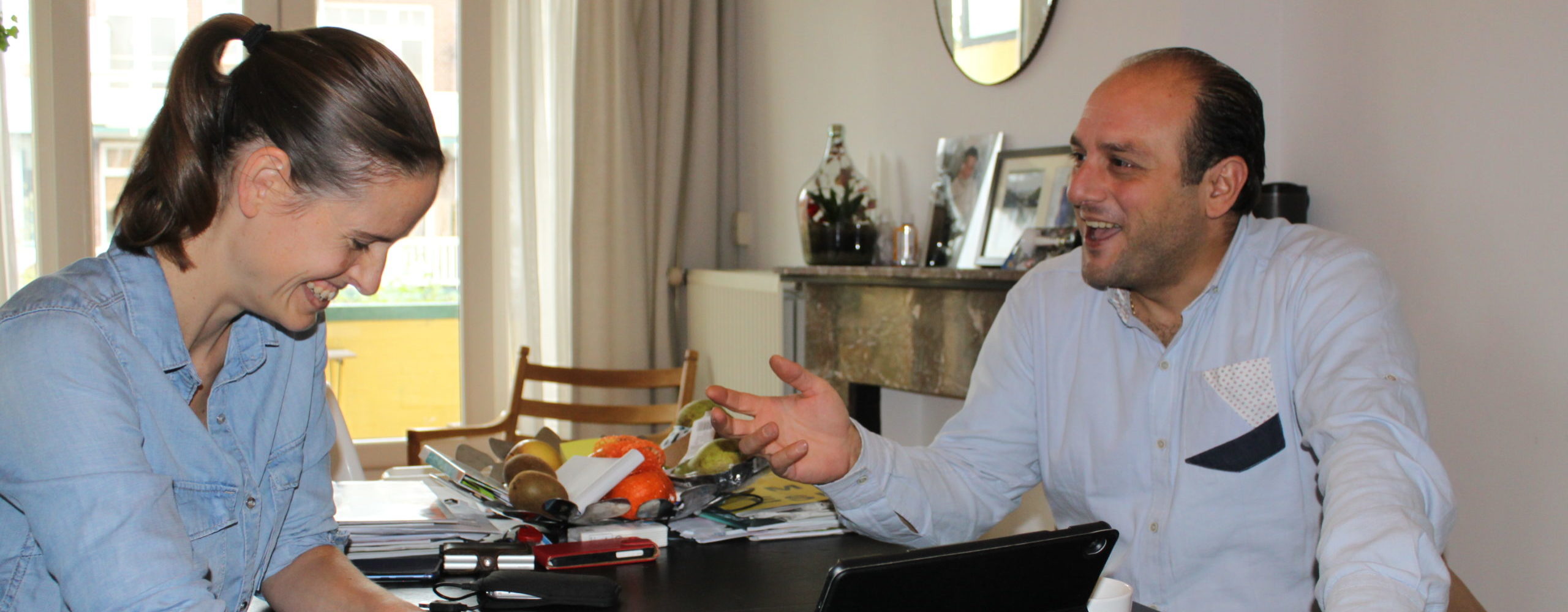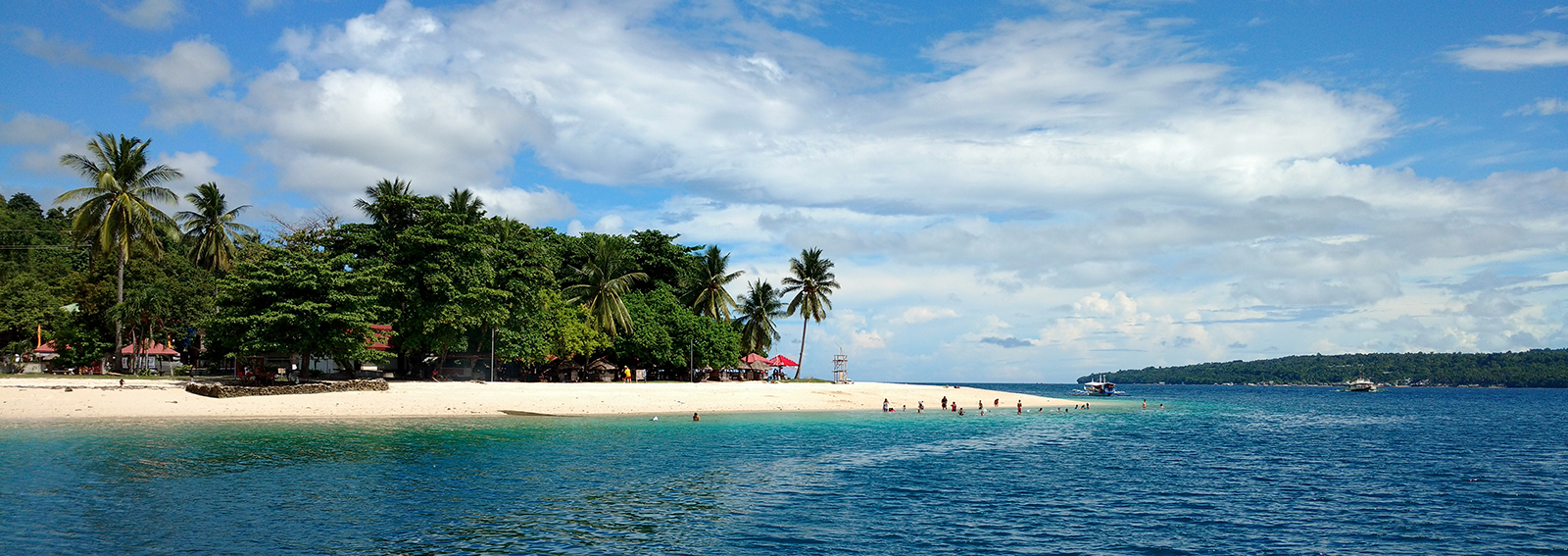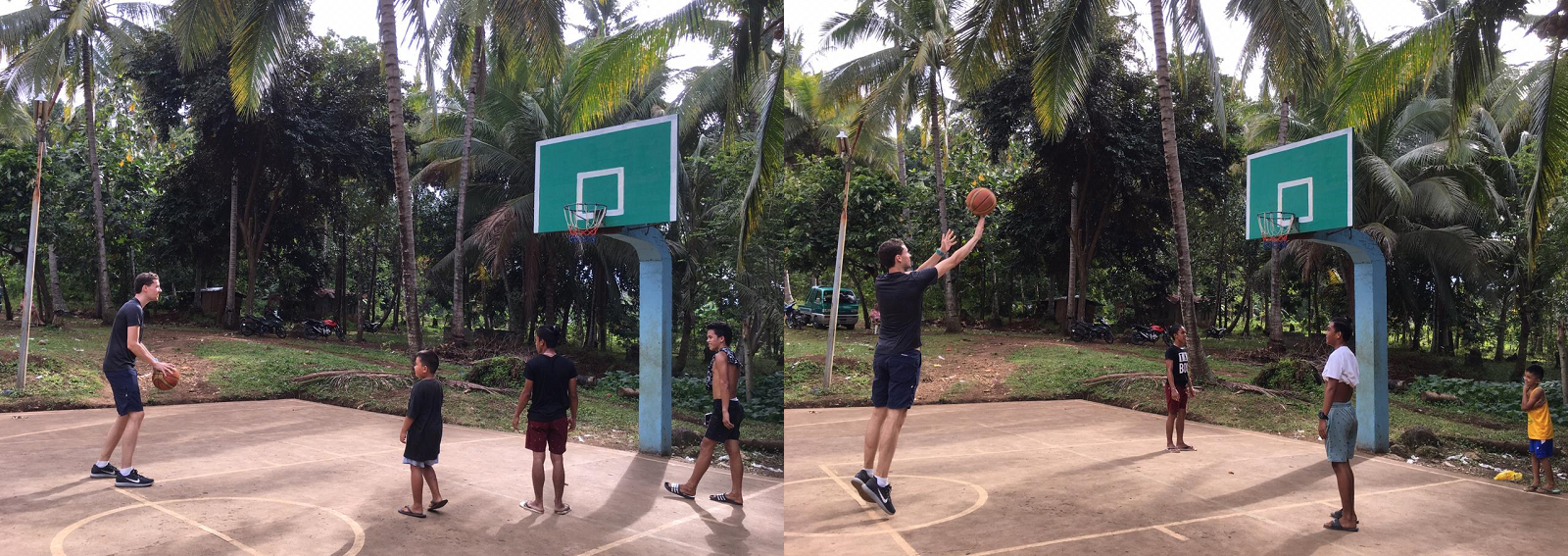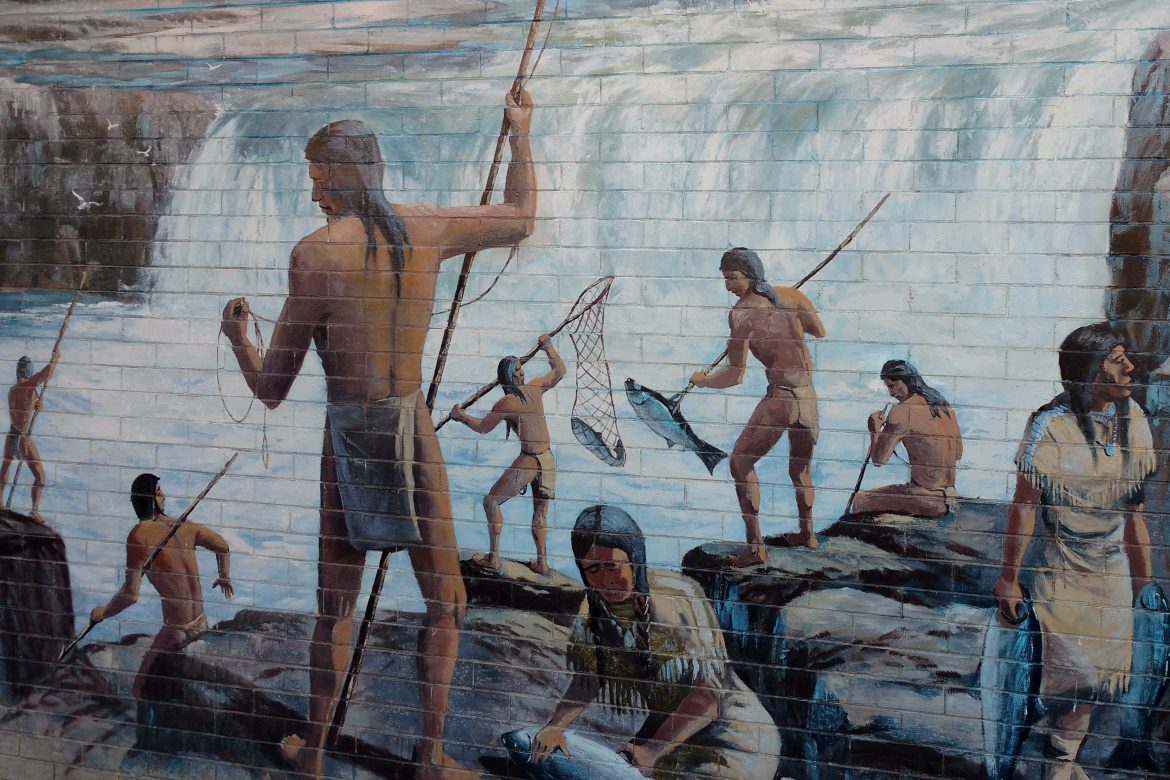The American consciousness is not at peace with its Native American history. To learn more about this sobering situation, I traveled east from Portland on the I-84 to The Dalles, a rural community of cherry growers and wheat farmers, situated on the mighty Columbia River in Oregon. There I met with two young members of the Celilo Wyam tribe. Before I did, I went around town to ask locals how they perceive their relationship with their region’s indigenous people.
My first stop in The Dalles was the Columbia Gorge Discovery Center & Museum, just off the Historic Columbia River Highway. The girl at the front desk was quick to refer me to two ladies in their sixties volunteering in the Center’s research library. I unfortunately lost their contact information, so I have to omit their names, but both took a considerable amount of time to school me in the history of the Columbia River Gorge. They described how this area had been a major trading hub for tribes wide and far for over a thousand years. Remnants of those times are still around. You would be hard pressed to find a greater density of Native American petroglyphs anywhere else.
The construction of several dams in the 1950s for flood control and hydroelectricity, most notably The Dalles Dam, effectively put an end to traditional salmon fishing in the Gorge. Both volunteer researchers admit that the shame and guilt surrounding the devastating effects on tribal life lives on to this day. At the same time, they accept that some things can’t be undone and that it’s about finding the right balance going forward. The Discovery Center recently started involving tribe members in some of its programs. The Saturday following my visit several Celilo Wyam members would host a traditional basket weaving workshop. Small steps like these, both women feel, will help build bridges between Native Americans and the wider community.
Chocolate covered cherries
The next day I stop by at the little Chamber of Commerce on 2nd Street. The jovial, flower-patterned dress wearing Trella Boone Coy runs this operation. She suggests I pay a visit to the Fort Dalles Museum and talk to the director, Cal McDermid. Before I leave, I’m presented with a couple of chocolate covered cherries, a local delicacy.
Before I visit the museum, I meet thirtysomething Hood River native Jay Crisman for lunch at Hawaii-themed Lilo’s restaurant. He and his wife recently moved to The Dalles because the cost of living in Hood River was going through the roof. He recalls a major oil train derailment last year in the Columbia River Gorge near the town of Mosier. Four of the rail cars, all carrying volatile Bakken crude oil, went up in flames. Native Americans have long protested these train transports because of the damage they can do to the environment.
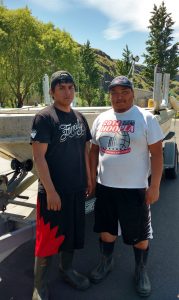
Sub chief
As I’m guided through the Fort Dalles Museum on a private tour the following day, it’s hard to miss how proud mister McDermid is of the diverse collection he manages. One room of the museum located on 15th Street is dedicated entirely to Indian life in the Columbia River Gorge. He was so adamant to “get it right”, he invited several tribe members to view the exhibition before he opened it to the public. Their approval meant a lot. He too admits there’s shame about what was done to Native American tribes. McDermid is aware of the lingering divide in the community. His hope is that with the museum he can contribute a little to fostering mutual understanding.
Wednesday at noon I drive to Celilo Village, a town of eighty people, to meet Steven Begay and his cousin Lane – their grandmothers are sisters. Steven, whose tribal enrollment includes both the Yakama and Navajo Nation, lets his cousin do most of the talking. Lane was recently named sub chief to the acting chief, his father.
Lane’s earliest memories as a child are playing in the old town which at that time was situated much closer to the waterfront. He lived with his parents, five brothers and three sisters. There was no running water and no electricity. His grandmother moved to the Yakama Nation reservation and Lane lived there too from first to fifth grade of school. Asked about the biggest difference between living in Celilo and living on the reservation, Lane replies: “We do it the old way.” He adds: “Friends from there tell you they respect you, but they let fish rot. They don’t respect the river as we do. It’s like a game to them.”
Core belief
His parents and grandparents told Lane about how their lives changed after The Dalles Dam was built. “They would still hear the roar of the river in their hearts. A lot of people were against it. I mean, there were already two dams. It took away something that’s pretty important to us. Now the salmon are fewer and much weaker. My grandparents told me white men were trying to exterminate us. There’s a lot of anger among older natives. Some say that’s old news. That they are just worried about money.”
A 26-year old father of five young children, Lane makes a living fishing, logging or doing other odd jobs. “This year the focus is on fishing. First we do ceremonial fishing for churches and ceremonies in long houses. Then we move on to commercial. Sometimes my dad and I show people how to fish with dip nets. That’s a way to get to know people, give them a chance.”
Recently, Lane has become interested in joining the environmental movement that’s been getting a lot of support from natives. He’s protesting the coal train transports through the Gorge. “It’s toxic, it gets in the water. Protecting the earth is a core belief for Native Americans. I hope to be an environmental activist. I want to fight for something big.”

